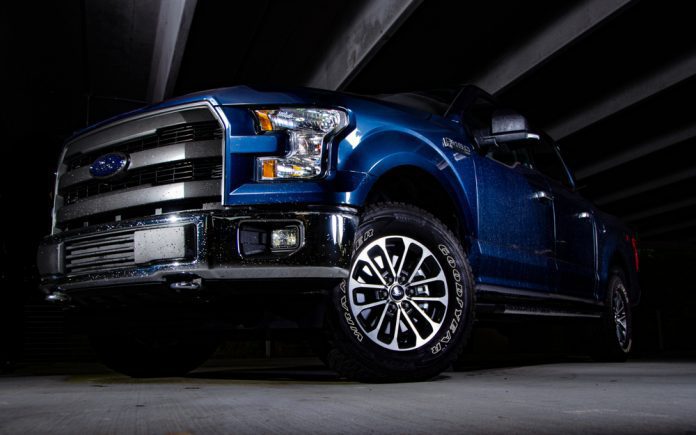Ford saw increased sales in the second quarter thanks to improved electric vehicle inventory and increased pickup demand in the U.S.
From April through June, the automaker sold 531,662 vehicles across its segments, achieving a 10% gain over the previous quarter. Sales of Ford trucks rose 26.2%, boosted by demand for the brand’s F-series, whose deliveries increased 34%. The car manufacturer’s electric vehicle segment also saw an admirable increase in volume, rising 11.9% year-to-date and 35.5% in June alone.
Earlier this year, Ford restructured its business model into three segments: Ford Blue (ICE vehicles), Ford Model e (electric vehicles) and Ford Pro (fleet). While the brand’s gas-powered cars continued to be the primary driver of sales, the growth in EV demand is a positive sign for the company’s efforts to compete with Tesla. However, this increase is also partially due to a simple increase in supply. During Q1, the car manufacturer suspended production at the F-150 Lightning and Mustang Mach-E factories, limiting early-year sales. Ford’s vice president of sales distribution and trucks noted the latter vehicle’s sales numbers directly benefited from the reopening of its facility after Q1: “Improved Mustang Mach-E inventory flow began to hit at the end of Q2 following the retooling of our plant earlier this year, which helped Mustang Mach-E sales climb 110 percent in June.”
Overall, the second quarter brought little change to the brand’s status in the U.S. car market. What will be more interesting to see is the automaker’s financials. Since the start of the year, Ford has looked for ways to reduce expenses after struggling to manage costs in 2022. But these efforts may be limited by the company’s investments in electric vehicles, which continue to lose money despite their increasing popularity.




